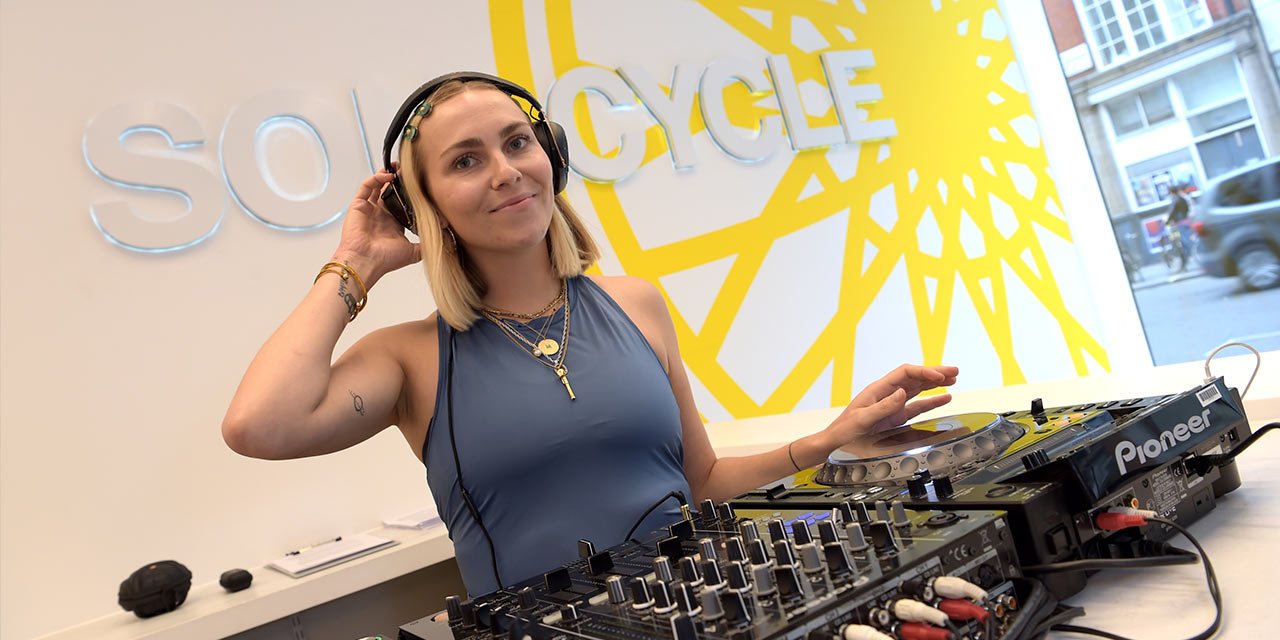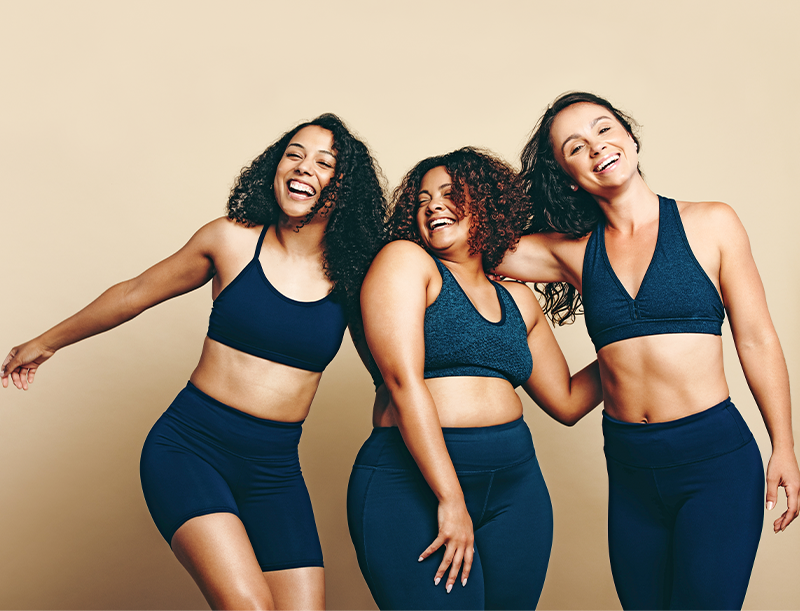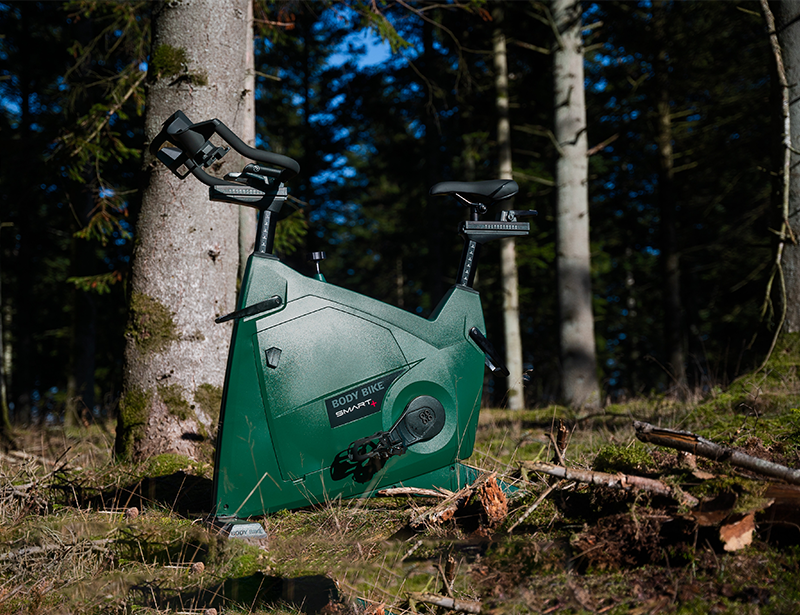Indoor cycling trends
Cycling Takeaways
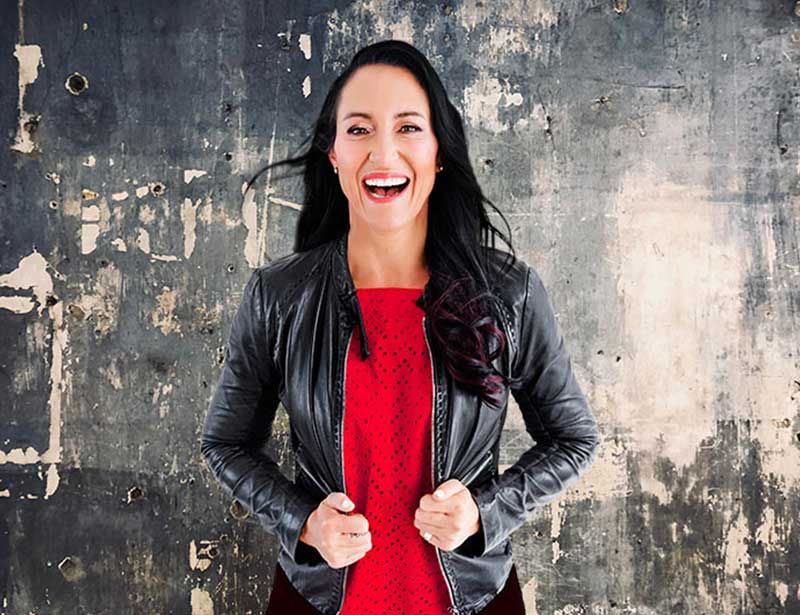
#1 It’s not about cycling
The best way to think about the future of at-home cycling is to forget about cycling altogether. Think of it as just another service you’re passionate about receiving. Think food. Think fashion. Think human behaviour.
Amazon has primed us to expect immediate delivery by drone or robot, Netflix is feeding us intoxicating content based on our preferences, Fortnite has us adventuring off-world with friends. These examples tap the tenets of convenience, hyper-personalisation and community and are showing fitness the way – which brings us to Peloton.
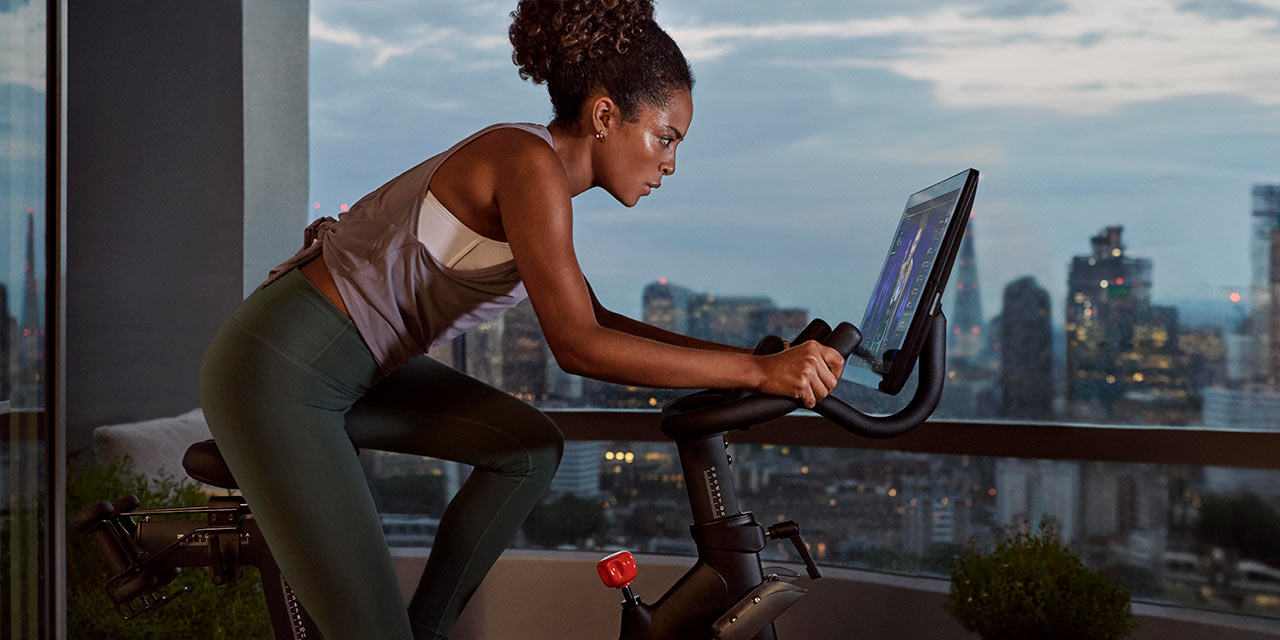
#2 You don’t have to be first but you do have to be best – and loudest
Reported to have more customers than SoulCycle and better retention than Equinox, Peloton was not the first to deliver at-home workouts by a long shot, riding the slipstream of greats before them – from Jane Fonda to Beachbody’s P90X to Kayla Itsines getting more bodies into bikinis than anyone before.
However, what Peloton has done is wheel a boutique fitness experience into the home with a software-hardware-subscription solution that happily touts a 2-foot commute – and which it then advertised, everywhere.
#3 It’s about the bike
Cycling is a business basic for the body.It meets our bipedal design in the seat, offers low impact but weight-bearing exercise, easily adjusts for pace and resistance, has you sweating within minutes by dialling to the right, and requires next to no co-ordination.
Boom. A slam dunk for fitness and the reason it has dominated gyms, studios – and our own basements – since 1965.
#4 … But also not
Purists now measure up to Zwift, rhythm-riders follow the beat and SoulCycle gets predictably spiritual by using the bike as the vessel to channel riders to find their soul.
More and more, the indoor bike is less a piece of fitness equipment and more the means to access a range of increasingly personalised workout experiences, both in the club and at home. The result? Those experiences can command a premium – which brings us to point #5.
#5 Giving exercise value
In the same way SoulCycle placed a higher value on group fitness by raising the price tag per ride, Peloton raised the stakes at home by elegantly connecting experience and community and making it sticky enough to produce startling engagement – an average of 13 rides per month.
Both brands upped the experience in ways customers cared about. Soul offered a personal and communal high never experienced before, and then shouted to the world through its evangelists and stellar PR. Peloton connected riders to live-streamed NYC rockstars, and each other, and then spent massive marketing dollars obtaining brand omnipresence.
#6 The big four
As with boutique fitness studios, there will be a proliferation of business models, price points, delivery mechanisms, programming ideas and bundled services in the at-home cycling market.
GAFA – Google, Amazon, Facebook, Apple – and others are stepping onto our playing field. They are certainly rubbing their hands together in glee as they prepare to stretch out their long arm of end-to-end product, service and delivery to target unmet fitness consumer needs.
The race is on to own the whole end-to-end supply chain of fitness, and the winner is likely to be he with the biggest database, she with the biggest following, they with the deepest data and pockets. Of the US$4.2trn global health and wellness market, we are a small bubble and ripe to be picked.
#7 Sparking innovation
Pricing will always play a part in market growth and at-home cycling is no different. As one of the key levers, wherever there is a pricing delta, a new business model or player will emerge. Cue Echelon Connect.
#8 Clues to the future lie with the trendsetters
Those who say it’s impossible to predict the future would do well to watch the trendsetters, including those who have already shaped the present.
SoulCycle’s 20-person digital content team – tapping senior talent from Mashable, Glamour and Vox Media, along with the joint-venture launch of a talent agency with Equinox – shows it is keeping people at the centre of its brand while at the same time as doubling down on its digital expression.
Sound by Soul is one such expression, delivering transformative content through music video, audio and transformative events to complement the brand’s studio-based experiences.
The brand’s mission: to delight in new and unique ways.
#9 Done well, tech is crack for engagement
With the accelerating force of AI, and the ongoing development of VR and AR, fitness will soon be as engaging as PlayStation for a 12-year-old boy. The coaching capacity and ability to enhance the experience will be a dimensional shift in exercising. Tech will help take us to dizzying depths of new sensation.
Our biometrics will directly inform our optimal programming and nutrition plan, while personalised nudges throughout the day will keep us in pursuit of optimal health – a journey currently reserved for the rich and athletic elite.
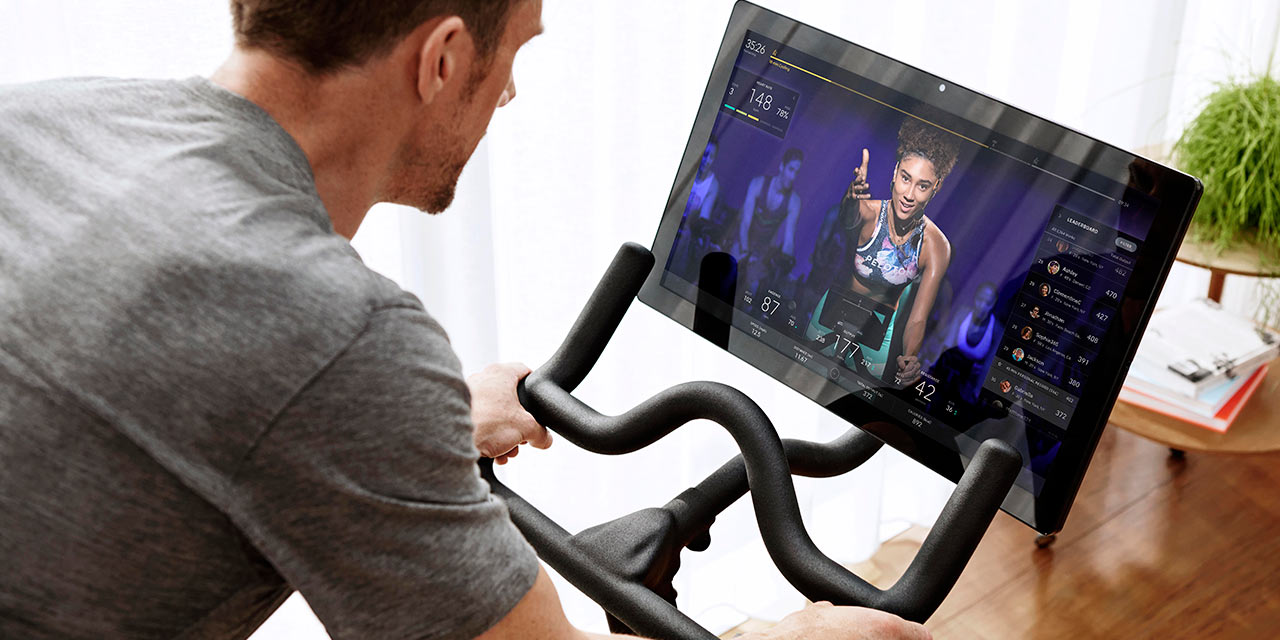 #10 What ceiling?
#10 What ceiling?
At-home workouts are just beginning to blow the ceilings off. Clubs and studios are beginning to put digital expressions of their brands into members’ pockets in response to the popularisation of Peloton and all its copycats.
Is at-home fitness here to stay? Absolutely. Is the market big. 100 per cent. At-home options will compete with in-person experiences, at least in terms of frequency.
But it’s not a binary conversation. While some consumers will prefer predominantly physical or digital experiences – many digital communities have zealots as addicted to their cause as those that meet in person – most will converse with the greater ecosystem. They will consume content when and where they choose: physically, digitally and everywhere in between.
Which brings us to point #11…
#11 Fitness is an ecosystem
The fitness customer journey is becoming borderless: physical spaces, digital offerings, online and offline communities, connective elements, crowd-sourced feedback, information and ratings… We’re able to move through our lives engaging with what we need, when we need it.
In the process, although we attach different expectations to different experiences, we remain connected to the experience provided the brand promise is met. We don’t go to a concert to hear the perfect sound production, for example – we go to be in the presence of greatness, to rub shoulders with fellow devotees and to be a part of what unfolds on that day only. Nothing beats being there. Fitness is the same. Sometimes we want the knock-your-socks-off fitness festival. Other times we just need to get 30 minutes of cardio done. We morph accordingly.
Brands need to understand and adapt to this broad customer journey, crafting experiences around all the different variables so they perfectly intersect with the natural rhythm of our lives. Those who eliminate pain points and anticipate future needs will be successful in the future.
#12 Segments are becoming finely diced
Our desire for hyper-personalisation is being met by finely diced segmentation of products and services. We can now find exactly what we want, exactly how and when we want it. We can choose the community, the instructor, the duration, the intensity, the style, the music, the metrics, the goal, the frequency, the leader board, the chat. Opt in. Opt out. It’s up to us.
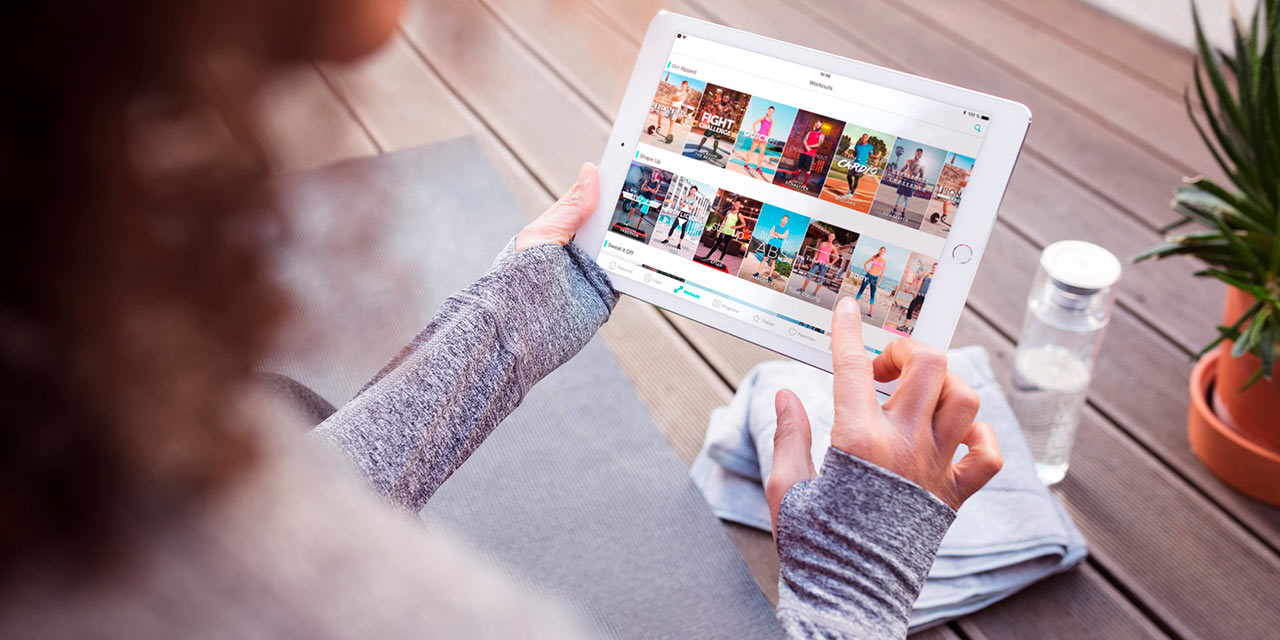 #13 Convenience-plus
#13 Convenience-plus
Back to basics: Sick kids, taking a vacation or just good old-fashioned ‘I don’t have time’ make working out at home a welcome option. But while that much has been true for decades, convenience is absolutely the currency of now.
The good news for consumers is that we’re in data-led times, with our preferences beginning to drive the products and services that are being served up to us.
#14 Fitness is leveraging star power
Think Mark Walberg and F45, Bieber and Rumble, Mayweather and Boxing, Barry’s Bootcamp and the Beckhams, Chris Hemsworth’s Centr app.
Expect the same in the digital cycling space as collaborations between databases, delivery mechanisms and stars unite.
#15 Engaging across the hemispheres
We are now borderless communities, alone-together, engaging on our exact terms with others just like us. Geography is an artificial barrier today.
Personally, my most engaging challenge this year was the MYZONE 5000-MEP January Challenge with my global fitness family. Divided by geography but united in our desire to kick-start the year, we traded on existing friendships, hemisphere rivalry, the transparency of a leader board and the usual flack you’d expect from mates in the chat. I actually won it – predominantly through daily doses of Les Mills On Demand SPRINT, in my office, at home. And I loved it.
Missed part one of the series?
For expert commentary on the latest at-home cycling news, and analysis of what all of this means for the future of indoor cycling, read the first part of the series here
And for more great insights from Emma Barry – this time sharing the secrets of success from the world’s leading boutique studios – you can purchase her book, Customer Engagement in Boutique Studios, here

Conceived, powered and funded by BODY BIKE®, RIDE HIGH has a simple mission: to celebrate and champion the very best of indoor cycling, sharing ideas, stories and experiences from around the world to inspire the sector on to even bigger and better things. Subscribe for free by leaving your details below and we'll send indoor cycling's hottest news direct to your inbox three times a year.

